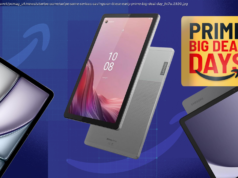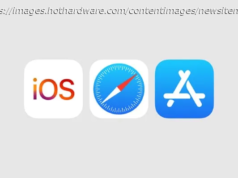When Google released a new enterprise version of Glass on Tuesday, a bevy of headlines suggested Glass was back, but It never really left. Even though the..
When Google released a new enterprise version of Glass on Tuesday, a bevy of headlines suggested Glass was back, but It never really left. Even though the Explorer program aimed at consumers ended in January, 2015, Google has continued to sell Glass to businesses.
In that context, yesterday’s release wasn’ t a comeback so much as a continuation of an enterprise strategy for Glass that the company had been pursuing all along. Yesterday’s announcement simply made it official.
Back in 2015, shortly after Google killed the Explorer program, several companies said that they were continuing their work with Glass, indicating that Google Glass was still alive and well and living in the enterprise. At the time, Jay Kim, Chief Technology Office at APX Labs (now known as Upskill) , told TechCrunch that “Google was still selling Glass in bulk to its partners.”
Last year, for a feature on “face computers” in the enterprise, I spoke to folks at GE and Boeing who were both using Glass in a business setting. Boeing was using it to help employees build complex wired harnesses. With Glass, they could scan part numbers as they pulled the wires from supplies, and see next steps. What’s more, they could use voice commands to conduct searches. This approach was much more efficient than using a laptop or tablet because technicians could keep their hands free to do the work, while information could be broadcast in front of their faces.
In a January, 2016 article on the GE Healthcare website, GE discussed using advanced technologies including Glass:
In May of this year, IEEE Spectrum published an article on using Glass in the ER, offering a similar scenario:
It’s worth noting that the enterprise update has some interesting tweaks that should have broad appeal to the companies that have been working with the earlier Glass design. Chief among these is decoupling the Glass module (the guts of Glass) from the frame, a smart approach that allows third-party partners to attach it to any frame, like say a pair of safety glasses.
The new version also enables users to connect to other devices such as a barcode scanner or even a keyboard for easier input. Other changes include longer battery life, an 8 megapixel camera, a faster processor and zippier WiFi — all of which you would expect given the length of time between releases.
For now, the company is aiming at manufacturing, logistics, field service and healthcare as key verticals for Glass, but third-party partners could pick up the slack in other sectors.
While yesterday’s announcement might have surprised people who thought Glass had been shelved when the Explorer program was shuttered, the fact is that large corporations and third-party partners have continued to work with it. The Enterprise Edition makes it more official, and supplies a much needed update to the earlier hardware.






